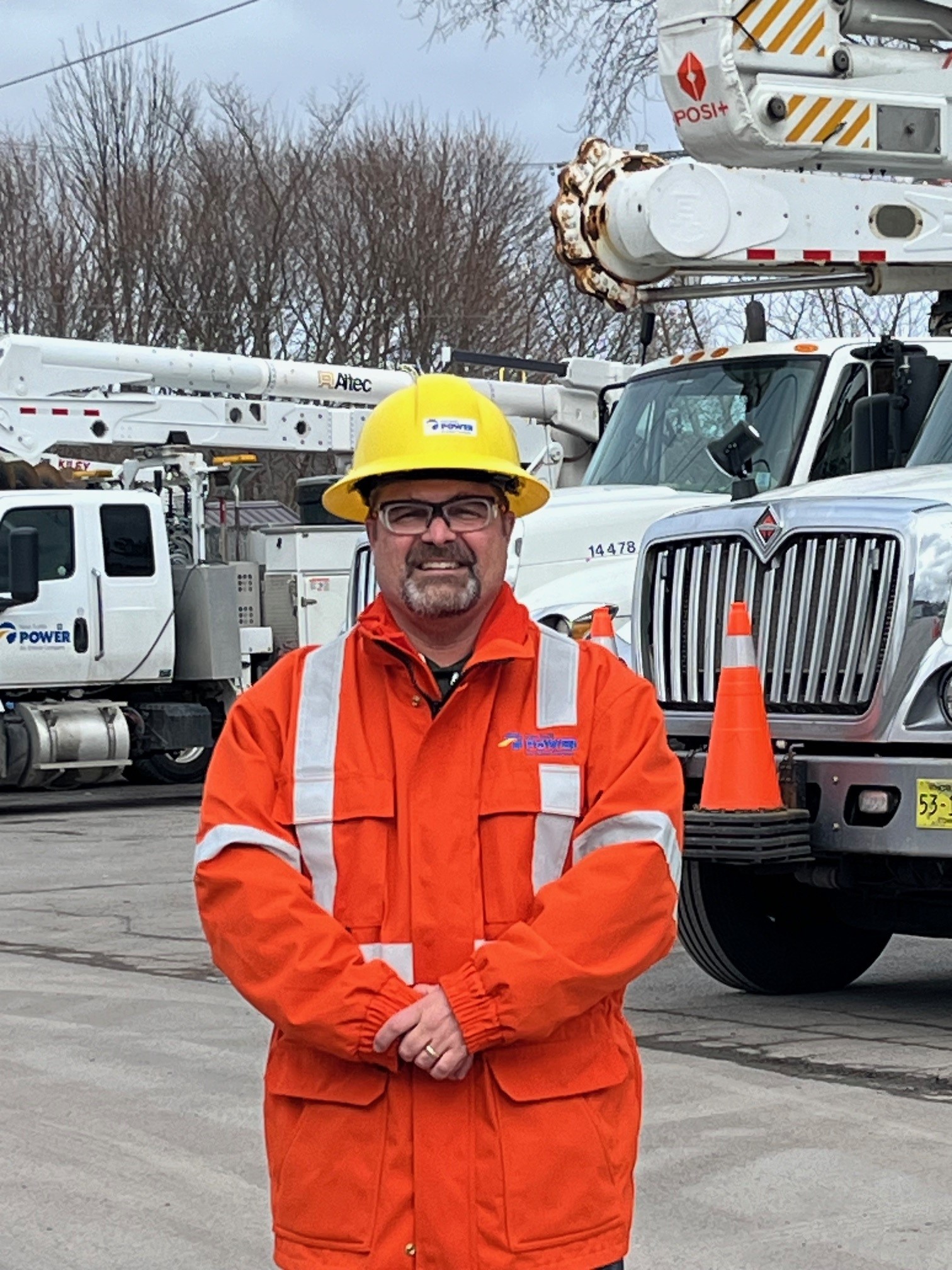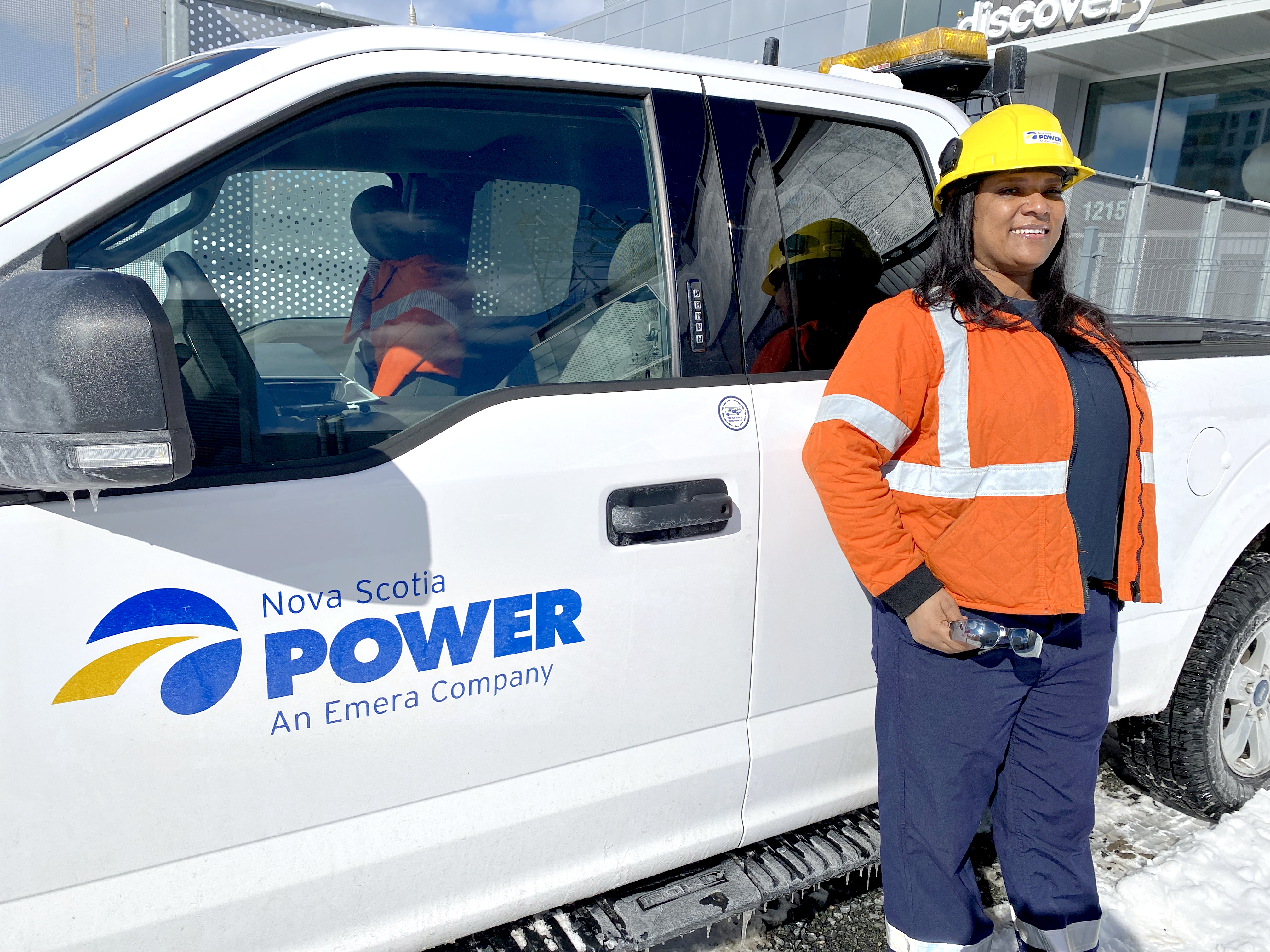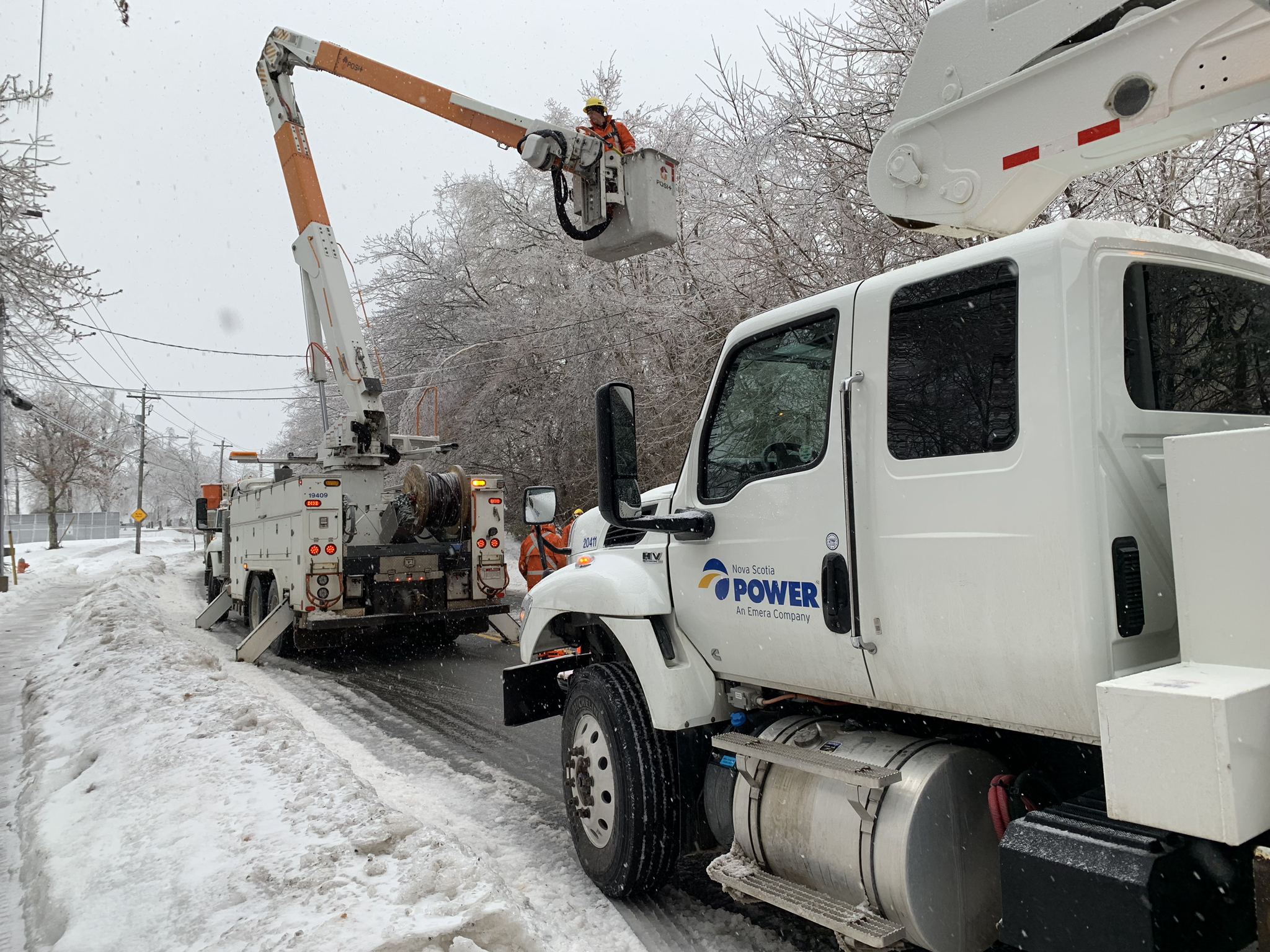Psychological health and safety in the workplace and at home

Lyne is a Health & Wellness Specialist and has been working at Nova Scotia Power for 28 years. She’s a long-standing and passionate advocate for mental health both at work and in the community. She’s been recognized for her contributions by the NS Legislature, and she’s a recipient of several awards including as the Mental Health Foundation on NS Inspiring Lives award and as a nominee of Canada’s 150 Change Makers.
Lyne was also one of the very first people across Canada to be designated a Certified Peer Support Specialist. She loves to volunteer in her community and has been on countless Boards, committees and projects related to the improvement of mental health in our communities. She’s grateful to those who have shared their stories with her over the years.
Whether we work for others, ourselves or we do the meaningful work of maintaining a household, we encounter situations that can impact our health and safety, every single day. Some of the hazards are obvious like speeding through a work zone, crossing against a light or not cleaning the snow off the car.
At home, we do things like turning the stove off, shoveling ice from our driveways or protecting little ones from stairs. We can reduce or eliminate the physical risks easily in those cases by changing how we do things. We can intentionally change the behaviour to change the outcome. This helps us stay physically safe.
When we think of psychological health and safety, what may come to mind are things such as practicing self-care, asking for help, creating personal boundaries, and including exercise and good nutrition in our day. While these are all great strategies, there is more to psychological safety both at work and at home.
When we are in our communities, we see many signs related to physical safety. Traffic lights, stop signs, crosswalks and directional arrows are all signs that make us pause momentarily to evaluate and proceed, once it’s safe to do so. Markers for psychological safety are sometimes less obvious.
Do we feel safe to speak up when we see something unsafe or if we feel unsafe? Feeling unsafe may be both physical and/or psychological. It can be at work or at home. Being bullied, feeling dismissed or disrespected can also make us feel unsafe.
Safe two-way communication where we can speak up respectfully and without fear of retribution is important for our psychology safety. Do I also contribute to a psychologically safe workplace or at home in what I say and what I do?
- Do I feel trained and have the right skills to do my work or complete a task? Do I feel safe in giving my ideas, suggestions or speaking up at work and at home? If a situation changes, am I comfortable in pressing pause to re-evaluate to ensure that everyone is safe both physically and psychologically?
- Do I know how my body physically reacts when I do not feel psychology safe and how to manage through it?
- Do I live in a state of constant and perhaps false positivity without dealing with the pitfalls that happen to all of us? On the opposite end, do I live in a place of constant negativity without acknowledging some of the good things in my life?
- Do I get and give recognition? We all like to know when we have done something well whether at home or at work. We want to feel valued and have purpose in our lives.
- Do I know where to get support if I need it? Knowledge can be empowering and can give us hope.
Both physical and psychological safety go hand in hand. Without one, the other will falter. For example, before we cross at the light to protect our physical safety, we may want to consider if we are truly focused and not distracted by something that may be impacting our psychological safety too. Is my head in the game? By considering of all our risks it will help keep us safe and healthy, body and mind.
Share This Post:







